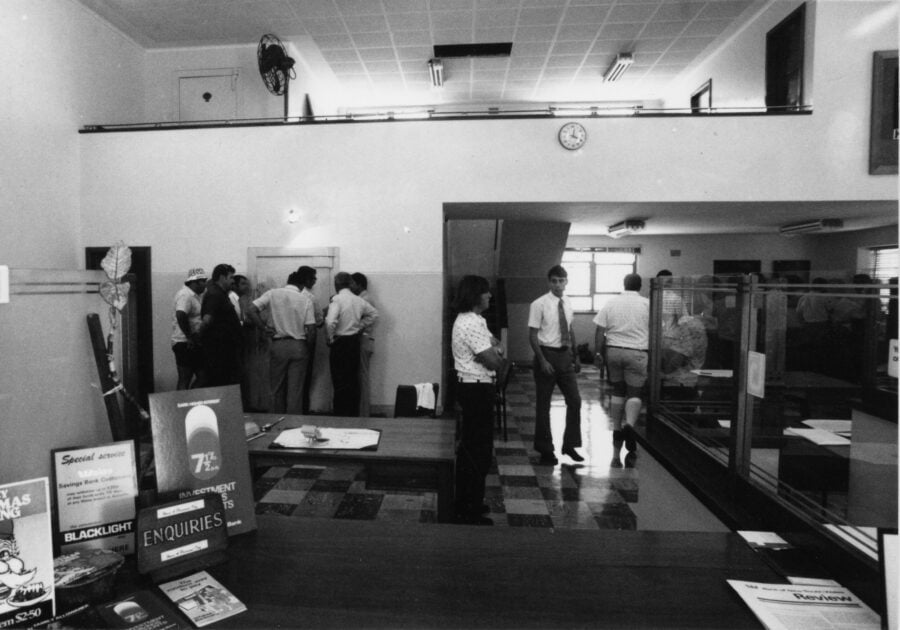The man buried three times

Tim the Yowie Man
Tim the Yowie Man

It certainly wasn’t for Ned Kelly and his fellow felons hanged at Old Melbourne Gaol. Their remains were exhumed from the Gaol’s mass cemetery in 1929 and reinterred at Pentridge Prison, to make way for an expanding Working Men’s College (now RMIT University). Ned’s final wish was honoured in 2013, when he was reburied at Greta Cemetery in Victoria’s High Country.

If you think being exhumed is stomach churning enough, spare a thought for Solomon Wiseman and his first wife, Jane, who were reinterred not once, but twice. Really! Convicted in 1805 at the Old Bailey in London for smuggling brazilwood, Wiseman had his death sentence commuted to transportation for life.
Seven years later, after receiving his pardon, he set about building a merchant-shipping empire. Ironically, he also dabbled as a timber merchant, bringing valuable cedar (not brazilwood) from the Port Stephens area of New South Wales.
The reformed crim eventually settled at what became known as Wisemans Ferry, on the banks of the Hawkesbury River. Using convict labour, he established a pub and also operated a ferry across the river – reportedly accumulating significant wealth in the process.
Following his death in 1838, Wiseman was buried in a vault on the lawns of his beloved hotel overlooking the river. He was laid to rest beside his first wife, Jane, who had died 17 years earlier.
But soon after, with the pub no longer operating, Wiseman’s family decided to reinter the couple, choosing a vault at the nearby, newly established Church of St Mary Magdalene. According to press reports, rumours were rife “that a part of the publican’s great wealth had been placed in his coffin, that he lay decked with rich jewels, his cold fingers covered with rings, and bags of gold about his body.”

Almost a century later, an article in The Sydney Mail suggested that Wiseman, or at least his second wife, did squirrel away some treasure: “A few years ago, a box of sovereigns was found under the floor in what is supposed to have been Mrs Wiseman’s bedroom”.
During the late 1800s the grandiose church was abandoned and ransacked by vandals. The Cessnock Eagle and South Maitland Recorder of 24 October 1924 reported “ghouls opened the vault and cut open the coffin in search of jewels” and the skull of Wiseman was found “rolling about the churchyard for any foot to trample”. Heck.
Whether or not the tomb raiders found any booty remains a mystery. Nonetheless, the remains of poor Wiseman and those of his first wife were reinterred (yet again), this time in a new cemetery located near the church where they rest in peace – for now, at least.
But reinterment may well be a better fate than that bestowed on pioneer explorer John Oxley, who was buried in 1828 at the Devonshire Street Cemetery in Sydney. When in 1901 the inner-city cemetery was resumed to make way for Central Railway Station, most of the graves were relocated to other cemeteries – but not Oxley’s. His grave could not be found. In a somewhat macabre twist, his tombstone was later found in the nearby suburb of Waverley, where it was being used as a doorstep.




